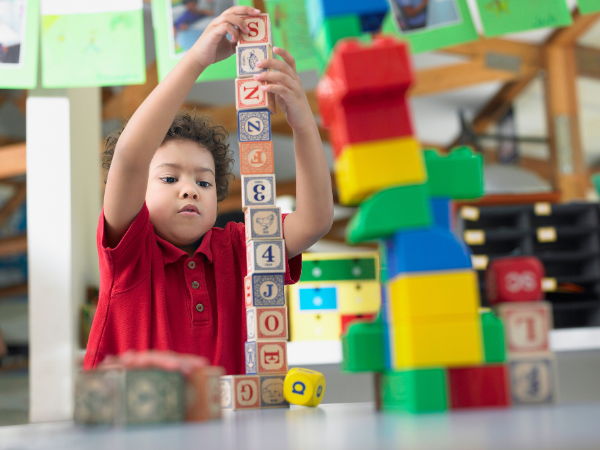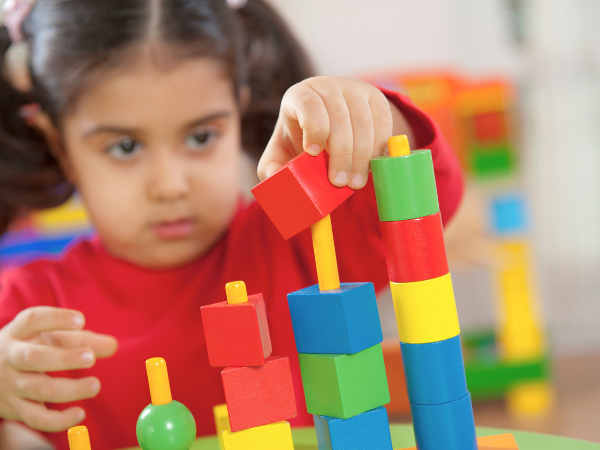It’s a common concern, what age do kids stop playing with toys? Understanding this transition can help you support your child’s development while keeping their playtime enjoyable. In this guide, you’ll discover the typical ages when children outgrow certain types of toys.
The Evolution Of Play: It Doesn’t Just Stop
The evolution of play is a fascinating journey. It doesn’t just stop when children grow older. Instead, it transforms in response to their changing needs and interests.
Play Transforms, It Doesn’t Disappear
As kids grow, their play changes. They don’t simply stop playing; they shift to new forms of engagement. Here are some key points about how play evolves:
- Shifting Interests: Children move from simple toys to complex activities.
- Developmental Stages: Play adapts with cognitive, social, and emotional growth.
- Lifelong Habit: Play in various forms continues into adulthood.
Play often reflects a child’s developmental stage. Younger kids enjoy toys that allow for imaginative play. As they age, their play becomes more structured and competitive.
Understanding “Outgrowing” Toys
Many parents feel concerned when kids stop playing with their favorite toys. This change is often seen as “outgrowing” toys. However, this is a normal part of development.
- Loss of Challenge: Toys become too easy or predictable.
- Social Influence: Peer interests and trends impact toy choices.
- Emerging Independence: Kids seek activities that reflect their growing autonomy.
Recognizing these signs helps parents understand their child’s journey. Here are some common indicators:
- Kids show less interest in toys.
- They prefer social activities over solitary play.
- They engage in hobbies that require skills and creativity.
Encouraging new interests is vital. Offer opportunities for exploration in various activities. This ensures kids stay engaged and continue to enjoy play in different forms.
Play In Early Childhood (Ages 0-5)
This journey begins in early childhood, from ages 0 to 5. During these years, play is vital for growth. Children explore their world, develop skills, and form connections.
Foundational Exploration
During the early years, children focus on sensory experiences. Babies explore through touch, taste, sight, and sound. This stage is essential for brain development and sensory integration.
Common activities include:
- Grasping toys to feel textures.
- Tasting safe objects to understand taste.
- Listening to sounds from rattles or musical toys.
Parents can enhance this stage with the right toys. Here are some examples:
| Toy Type | Purpose |
|---|---|
| Rattles | Stimulate hearing and grasping skills. |
| Teething Toys | Provide sensory relief and exploration. |
| Soft Books | Encourage sight and tactile engagement. |
As children transition to toddlers, they begin to understand cause and effect. They learn that actions lead to reactions. For example, shaking a rattle produces sound. This curiosity fuels their desire to explore more complex toys.

Typical Toy Engagement
By the preschool years, children enter a phase of imaginative beginnings. They engage in pretend play and role-playing. This type of play is crucial for social skills and creativity.
Common types of toys that encourage this include:
- Dolls and action figures for role-playing.
- Dress-up clothes to inspire creativity.
- Building blocks for open-ended play.
During this time, manipulative toys play an important role. Blocks, rattles, and shape sorters support fine motor skill development. Children learn to manipulate objects, which enhances dexterity.
Comfort and security remain important. Plush toys often become beloved companions. They provide emotional support and help children navigate their feelings.
Middle Childhood & Pre-teens (Ages 6-12)
As children enter middle childhood and pre-teen years (ages 6-12), their play habits start to change significantly. This stage marks a shift from simple toys to more complex activities. Kids begin to explore new interests and engage with peers more.
Expanding Horizons
During ages 6-12, children’s play expands beyond traditional toys. They start to engage in rule-based games that require strategy and teamwork. This shift often leads to an interest in:
- Board Games: Games like Monopoly and Settlers of Catan challenge their thinking.
- Sports: Participation in team sports fosters social skills and physical health.
- Structured Activities: Kids enjoy organized events such as dance or martial arts.
Social interaction becomes a key part of play. Kids want to be with friends. They seek fun activities that involve:
- Peer Engagement: Play becomes about friendships.
- Collaboration: Working together on projects or games.
As children explore their interests, they often seek out new challenges. They enjoy:
- Skill Mastery: Activities that help them develop new abilities.
- Complex Builds: Lego sets, robotics, and model kits capture their imagination.
At this age, children start to appreciate more intricate toys. They enjoy creating, building, and mastering new skills.

Changing Toy Preferences
As children grow, their toy preferences shift. Collectible items become popular. Kids often trade:
- Trading Cards: Cards from games like Pokémon or Yu-Gi-Oh!
- Action Figures: Figures from favorite shows or movies become social currency.
These collectibles encourage interaction among friends. They also foster a sense of belonging.
Technology starts to play a larger role. Children are introduced to:
- Video Games: These can enhance hand-eye coordination and strategic thinking.
- Basic Coding Toys: Kits that teach coding concepts in fun ways.
Kids appreciate activities that combine fun with learning. They want to challenge themselves with:
- Creative Projects: Building and programming robots.
- Interactive Learning: Engaging with apps that promote skill development.
This age is crucial for fostering interests. Parents can encourage exploration by providing diverse toys and activities.
The Teen Years & Beyond (Ages 13+)
During the teen years and beyond, play evolves into new forms. Children start to explore their independence, shifting interests, and social dynamics.
Digital & Social Play
In today’s world, play for teens often revolves around digital experiences. Online gaming has become a dominant form of interactive and competitive play. Here are some key aspects of digital and social play:
- Online Gaming: Provides entertainment and fosters teamwork.
- Creative Pursuits: Many teens shift their interests to music, art, writing, or performing.
- Socialization: Hangouts, sports, and real-world experiences become primary forms of play.
Playing video games allows teens to develop skills like strategy and critical thinking. They learn to navigate complex situations and work collaboratively.
What Still “Counts” As Play?
Play doesn’t stop entirely in the teen years. Teens find joy in various hobbies and activities that keep their playful spirit alive. Here are some examples:
- Hobbies: Activities like model building, cosplay, or playing musical instruments.
- Strategic Games: Advanced board games and role-playing games (RPGs) engage their minds.
- Nostalgia: Some teens revisit childhood toys for comfort or display.
These activities offer relaxation and a break from daily stress. They also encourage creativity and social connections. Play continues to be important for emotional well-being. Here are some ways teens engage in play:
- Exploring new hobbies that spark their interest.
- Engaging in group activities that promote teamwork.
- Finding joy in nostalgic moments with old toys.
Understanding these forms of play helps parents support their teens. Encouraging exploration of new interests fosters growth and happiness.
How Parents Can Support Evolving Play
Knowing what age kids stop playing with toys can help parents support their evolving play. Understanding these shifts is key. Parents can guide their kids through different stages. This support fosters creativity and skill development. It also helps maintain a healthy balance in play.
Observing & Adapting
Watch for cues. Notice when interest wanes or shifts to new areas. Children communicate their preferences through play. Pay attention to the types of activities they enjoy. Here are ways to observe and adapt:
- Pay Attention: Watch how long they engage with toys.
- Encourage Exploration: Allow time for independent play.
- Follow Their Lead: Join in activities they show interest in.
Offer new challenges. Introduce toys that match developing skills. As children grow, they need different types of play. This can include:
| Age Range | Type of Play | Suggested Toys |
|---|---|---|
| 0-2 years | Sensorial and Exploratory | Soft blocks, rattles |
| 3-5 years | Imaginative Play | Dolls, action figures |
| 6-8 years | Creative and Constructive | Building sets, art supplies |
Don’t force play. Allow children to lead their own exploration. Every child is unique. Their interests will change naturally over time. Keeping play engaging is essential.
Managing Toy Collections
Managing toy collections is important for clear play areas. A cluttered space can overwhelm kids. Donate or store unused toys. This keeps their environment organized. Here are tips for managing toys:
- Regularly Review: Check for toys that are no longer used.
- Set Limits: Encourage a specific number of toys per category.
- Encourage Sharing: Teach the value of sharing toys with others.
Balance screen time with physical and creative play. This helps develop important skills. Encourage activities that focus on interaction with others. Prioritize activities and social interaction over accumulating more toys. Create a schedule that includes:
- Outdoor playtime
- Creative projects
- Group games with friends
Supporting children through these changes can lead to healthier play habits.





Leave a Reply